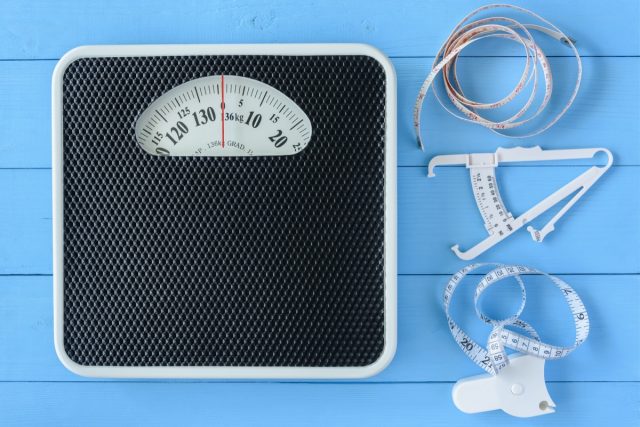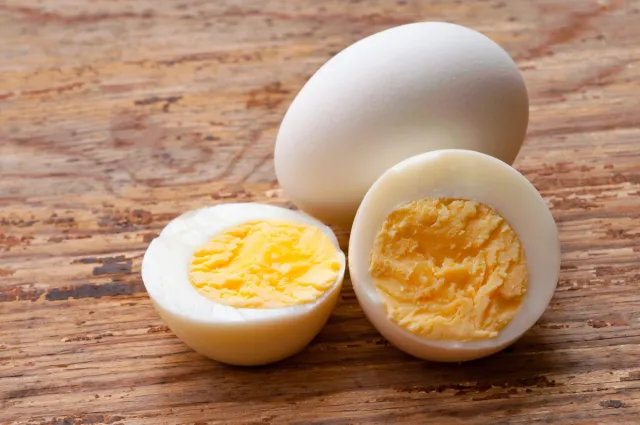4 Ways to Naturally Boost Your Testosterone From William Li

Is your testosterone low? There are things you can do to boost it the natural way, claims one health expert. William Li is a bodybuilder and fitness influencer with over 3.8 million followers on TikTok and 1.2 million on Instagram. He regularly shares videos on how to improve health and fitness without going to extremes. In a recent viral video, he shared five things to do if "you want to naturally boost your testosterone." We also consulted with our Resident RDN, The Diet Diva, Tara Collingwood, MS, RDN, CSSD, LD/N, ACSM-CPT, a Board Certified Sports Dietitian, to weigh in on his suggestions.
Get 10 to 30 Minutes of Sunlight

"Number one is getting enough sunlight," says Li. "Try to get 10 to 30 minutes of sunlight a few times per week."
Get 6 to 8 Hours of Sleep Per Night

"Number two, try to get six to eight hours of sleep," he says. What are the health benefits of sleep? According to the Sleep Foundation, getting enough z's is a mood booster, promotes heart health, regulates blood sugar, improves mental function, restores your immune system, helps relieve stress, and aids in weight loss.
Maintain a Healthy Body Fat Percentage

Number three, he recommends maintaining a healthy body fat percentage. "Around 10 to 15 percent for men is ideal," Li maintains.
Consume Nutrient Dense Foods with Healthy Fats.

"Number four is to consume nutrient dense foods with healthy fats," says Li. He specifically recommends whole eggs, salmon, mackerel, sardines, oysters, red meat, spinach, seeds, and nuts.
RDN Weighs In

Collingwood is onboard with these recommendations. "Just a healthy lifestyle in general is important, but so is some fat on your body and fat in the diet," she explains. "Not all of the foods he lists have healthy fats, but they are all nutrient dense and good to include for various reasons (zinc, iron, protein, fat, etc)." And if you enjoyed this article, don't miss This Is Exactly How to Lose Body Fat This Year.




